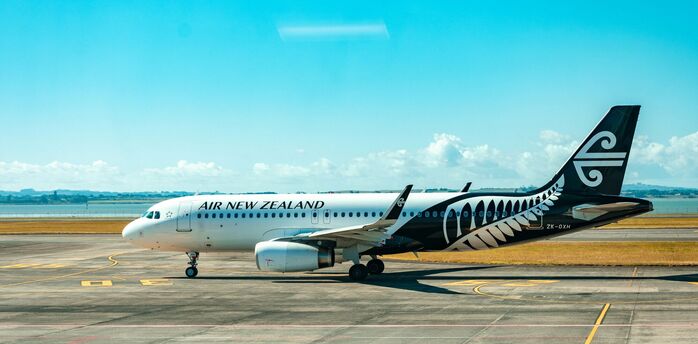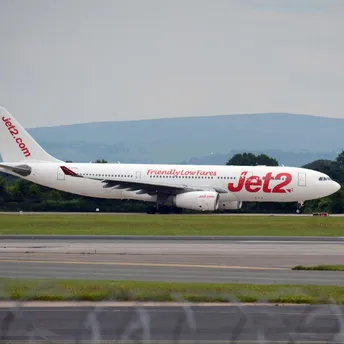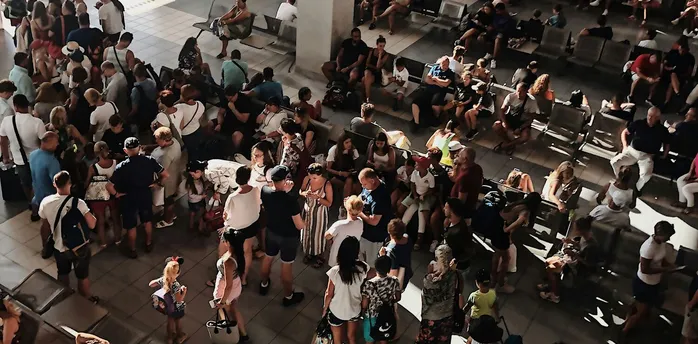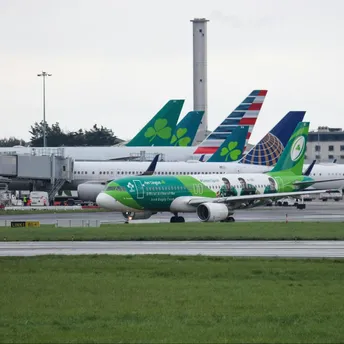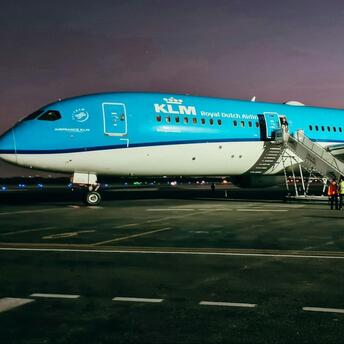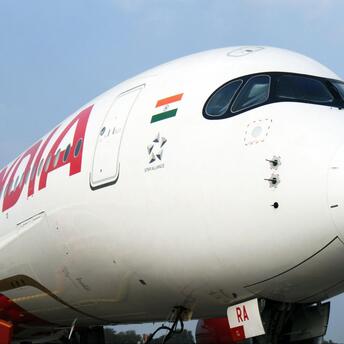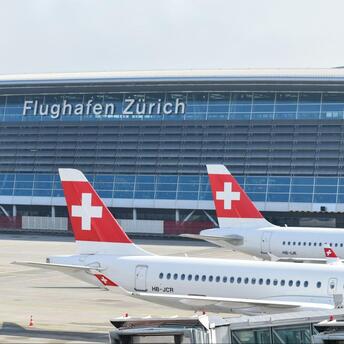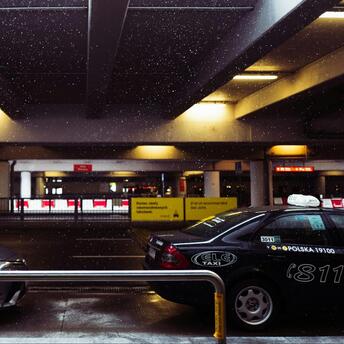Floods Disrupt AirAsia Flights Across Southeast Asia
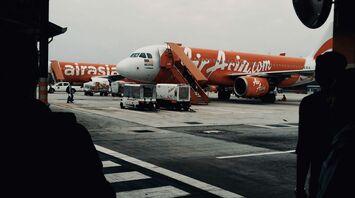
Severe flooding across Southeast Asia has led to widespread travel challenges, disrupting AirAsia flights at multiple airports. Affected locations include Alor Setar, Kota Bharu, Kuala Terengganu, Narathiwat, Hat Yai, and Chennai. Many flights have been delayed, rescheduled, or canceled. Passengers impacted by these changes have been informed via email and SMS, while the airline implements measures to address disruptions and support its travelers during the ongoing crisis.
To assist affected passengers, AirAsia has introduced flexible options. These include the ability to reschedule flights at no extra charge, retain ticket value as credit for future travel, or request a full refund for canceled flights. These measures aim to reduce inconvenience and provide solutions for travelers facing uncertainties caused by extreme weather conditions. The airline encourages passengers to check updates through official channels for timely assistance.
Heavy rainfall, linked to monsoon activity, has caused widespread flooding across the region, forcing evacuations and damaging infrastructure. In Malaysia, Kelantan has experienced some of the worst impacts, with over 90,000 people displaced from their homes. Farmlands, transportation systems, and critical services remain submerged. Such events underline the growing frequency of extreme weather, posing significant challenges to governments and communities across Southeast Asia.
For travelers, the disruptions caused by flooding serve as a stark reminder of the risks associated with traveling during the monsoon season. Delays and cancellations can create ripple effects, impacting connecting flights and other plans. Staying informed through reliable sources, such as airline websites and weather forecasts, is critical. Preparing backup plans, like alternative routes or flexible bookings, can significantly ease the stress of dealing with unexpected travel interruptions.
This situation emphasizes the growing need for travelers to adapt to changing conditions and plan with greater care. Ensuring flexibility in itineraries, purchasing travel insurance, and maintaining constant communication with airlines are essential steps for mitigating potential challenges. Ultimately, being proactive in managing risks can turn an unpredictable journey into a smoother, more manageable experience.


